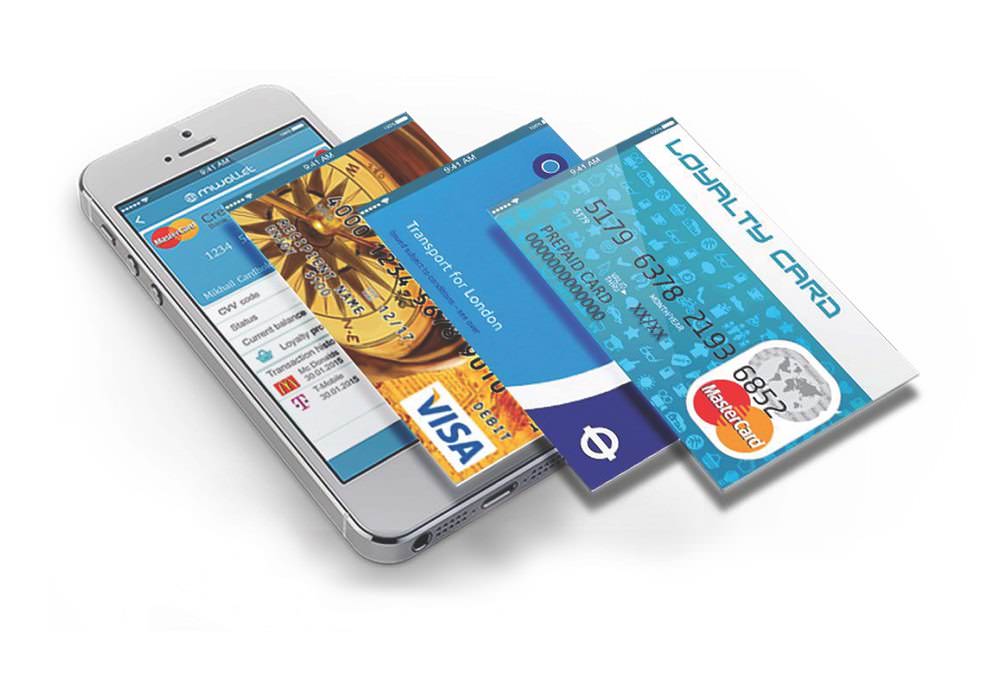
Protecting Customer Information When Accepting Payments On or Offline
Article by howtoacceptcreditcardsonline.org
Most people think that the most vulnerable point of hacking is when a retailer is setup to accept payments online. The reality is that a retail hack can come from the terminal, or from online payments. Proper security precautions will help defend against this new reality. This advice will help absolve retailers of some of the liability that comes with processing payments, and help understand more about the system and the security pre-cautions at play.
New Terminals
New credit card processors work with EMV chips. These chips help to encrypt credit card payment data, ensuring that the transfer between the consumer and the retailer is secure. These chips are a global standard, but the technology is still new. Not every retailer uses these systems, but these chips will soon help to prevent fraud taking place at the credit card terminal.
It’s worth mentioning that there is already encryption used in payment processing, especially within the gateway used to transfer money to and from financial institutions. The difference with EMV is additional security at the terminal. These chips are difficult to spoof, or duplicate, ensuring consumer cards stay safe.
Best Practices
Draw up some best practices for staff, and include some for your marketing efforts as well. Never collect more data than you need to complete a transaction or gain a meaningful signup. Employees shouldn’t handle credit card numbers directly, and nothing should ever be recorded. If IDs must be shown, there should be absolutely no mechanism in place to store or record this data.


